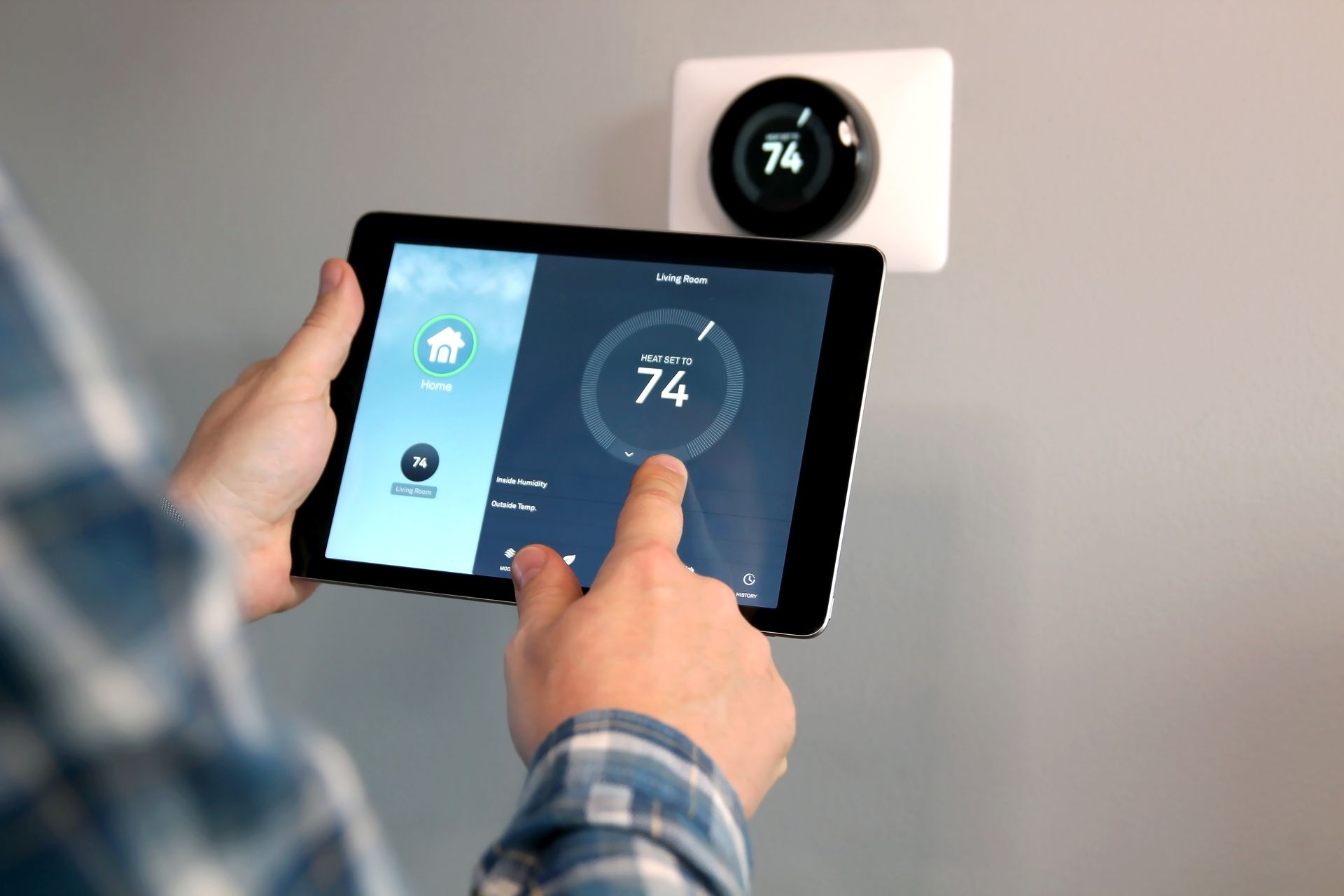How a Smart Thermostat Can Save You Money and Improve Comfort This Spring and Summer

Keeping your home comfortable in North Texas as spring shifts into summer can feel like a constant balancing act. While traditional thermostats require manual adjustments or fixed schedules, smart thermostats offer a more efficient way to manage home temperatures.
Many people use the term "smart thermostat" to refer to any Wi-Fi-enabled model, but not all smart thermostats are the same. Some simply offer remote access, while others actively learn and adapt to your routine. The right model for you depends on how you plan to use it.
What’s the Difference Between a Wi-Fi, Smart, and Learning Thermostat?
Thermostat functionality can vary significantly between manufacturers and models. Some HVAC systems include built-in features that enhance smart thermostat functionality, while others do not. The types of thermostats often labeled as smart include:
- Wi-Fi Thermostats – These allow remote control via a smartphone app but require manual scheduling. They don’t "learn" behaviors.
- Smart Thermostats – A broad category that includes Wi-Fi models with automation features like geofencing or occupancy detection.
- Learning Thermostats – Advanced smart models (like the Nest Learning Thermostat) that track your habits and adjust settings automatically over time.
It’s not uncommon for people who aren’t familiar with these differences to buy a smart thermostat when they really wanted a learning thermostat.
Conversely, some homeowners pay extra for a learning thermostat when all they wanted was Wi-Fi connectivity and scheduling.
Homeowners considering a high-end learning thermostat should also be aware of potential drawbacks. It can take a few days for a learning thermostat to adjust to changing HVAC usage unless you manually update the schedule, and some homeowners might be annoyed if their furnace starts turning on by itself when they don’t want it running.
How Smart Thermostats Enhance Convenience
Marketing for smart thermostats often focuses on energy savings. While there are smart thermostat features that have the potential to reduce your utility bills, many homeowners find the enhanced convenience and functionality to be the most significant benefits:
- Remote Access – Adjust temperatures from anywhere using a smartphone, whether you're at work, on vacation or just in another room.
- Automation and Voice Control – For people who don’t want to have to get out of bed on a cold morning to adjust their thermostat, voice control can be a real life-enhancing perk. Many models integrate with Alexa, Google Assistant and Apple HomeKit.
- Custom Scheduling – Set different temperatures for morning, afternoon and night without needing to manually change settings.
- Geofencing – Some models detect when you leave home and adjust temperatures accordingly to prevent unnecessary heating or cooling.
- Learning your schedule – If you adjust your thermostat when you leave for work at 6:30 a.m. and get home at 5 p.m., a learning thermostat will begin adjusting your home temperature automatically. It takes about a week of consistent adjustments for the thermostat to learn your schedule. Most learning thermostats also allow owners to manually adjust the schedule.
Can a Smart Thermostat Actually Save You Money?
How much money you save with a smart thermostat depends on how it’s used. ENERGY STAR estimates around 8 percent savings (about $50 per year for the average household), but actual results vary based on:
- How often you adjust the thermostat manually – If you already use a programmable thermostat effectively, savings may be minimal.
- Your home’s HVAC efficiency – A smart thermostat can optimize usage, but it won’t fix an old or inefficient air conditioner.
- Other home efficiency enhancements – Inadequate weather sealing around doors and windows or poor insulation may limit the savings benefits.
If you’re trying to maximize your home’s energy efficiency, 8 percent savings might be an attractive perk. However, for many homeowners, the enhanced convenience and home comfort are what really sets smart thermostats apart, particularly learning models.
Get Professional Smart Thermostat Installation, Calibration and Troubleshooting in Arlington
One of the only real downsides of smart thermostat technology is their complexity. Some HVAC systems have unique features that integrate with smart thermostats, but making use of them requires proper wiring. If you want to make full use of a smart thermostat, or need advice on thermostat models and placement, call Tom’s Mechanical at 817-277-4493.



